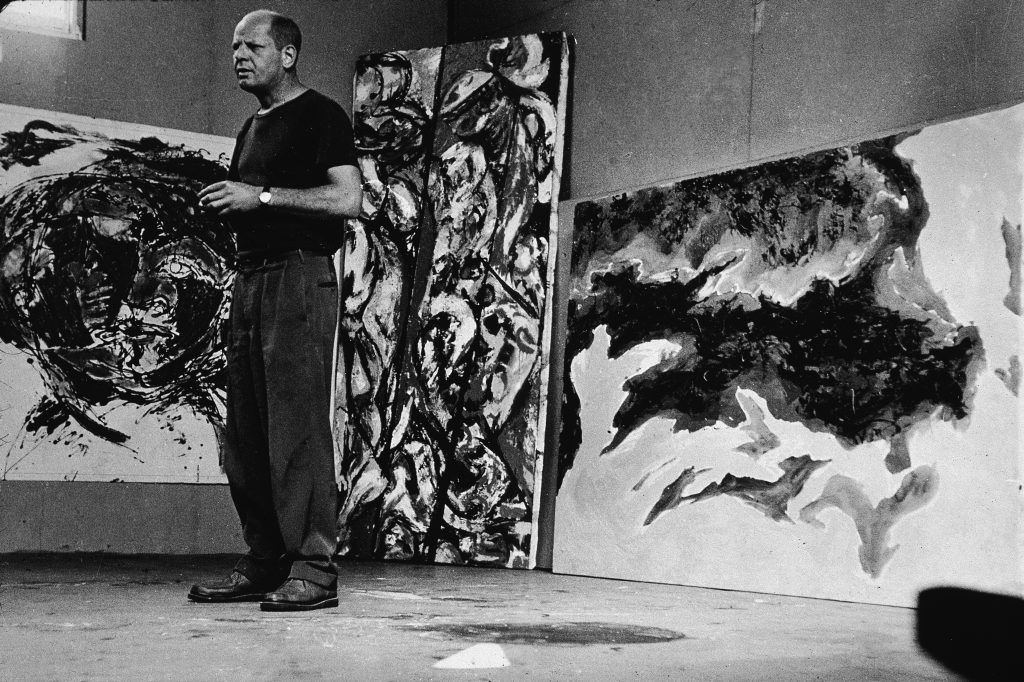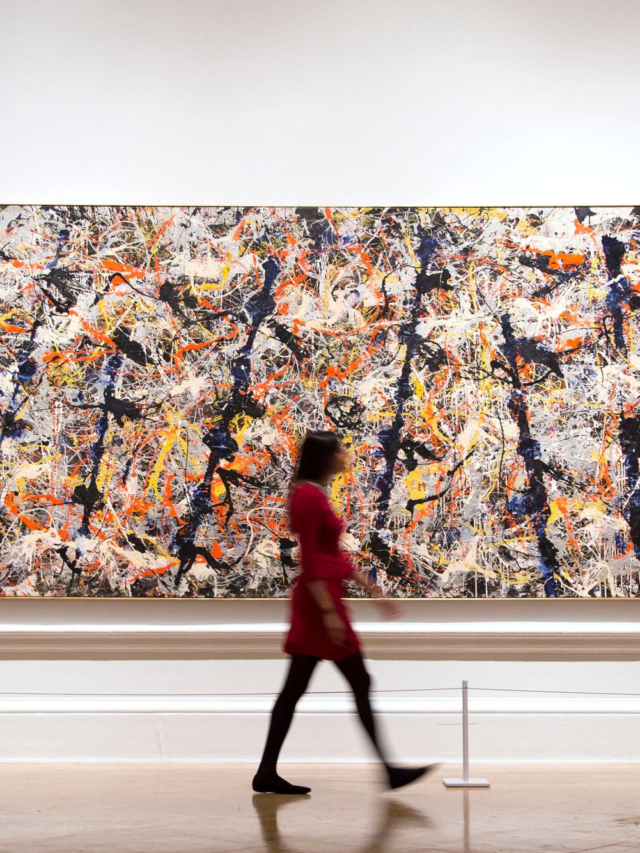The 1940s saw the emergence of the post-World War II American art movement known as abstract expressionism. It is distinguished by its importance on the dynamic and improvised application of paint on the canvas, frequently employing broad brushstrokes to portray the subconscious and emotional components of the artist’s experience. This movement greatly influenced the mid-20th-century art scene and contributed significantly to the development of contemporary art.
The goal of Abstract Expressionist artists was to convey a feeling of spontaneity and immediateness in their creations. Painting was regarded as an expressive and emotive act in and of itself. Many abstract expressionist paintings have large canvases. Because of the paintings’ size, artists could interact directly with the canvas to produce immersive, impactful works of art.
A common characteristic of abstract expressionist art is that it rarely depicts identifiable scenes or objects. Instead, their emphasis lies on expressing feelings, attitudes, and the interior experiences of the artist. The movement frequently highlighted the subconscious and the artist’s feelings. Paintings were considered an honest representation of the artist’s inner world, open to the viewer’s subjective interpretation.
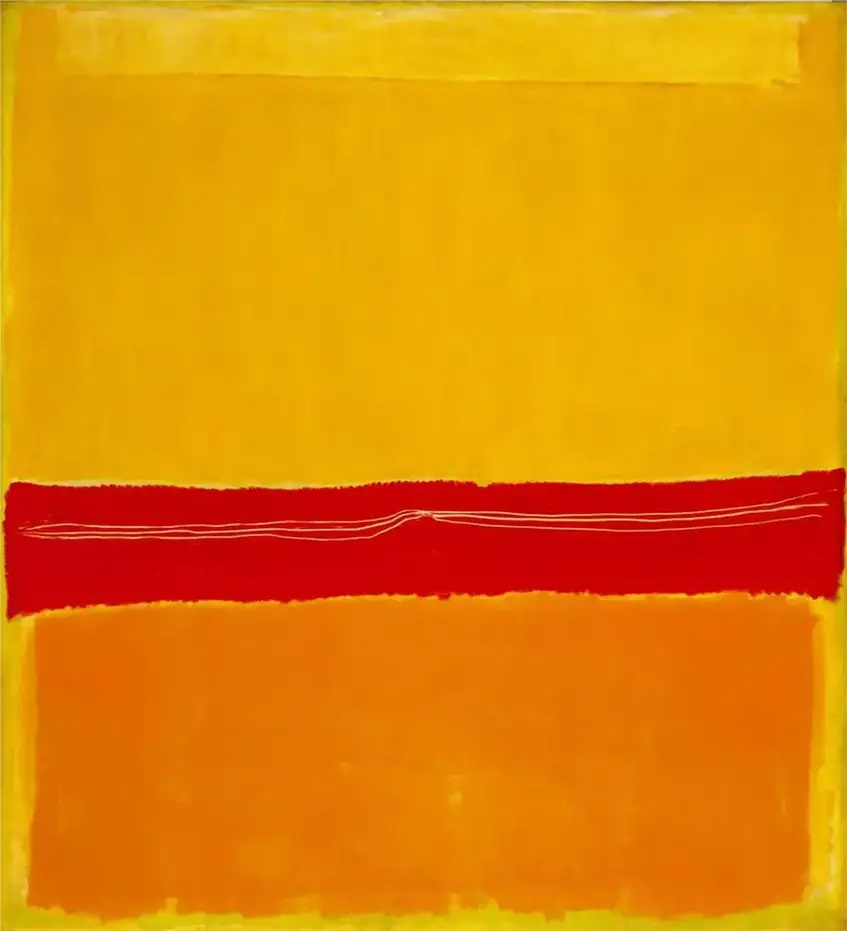
Abstract Expressionist paintings are characterised by their audacious and expressive use of colour and shape. Colour was a tool utilised by artists to convey feelings and build dramatic compositions. Some Abstract Expressionists, such as Jackson Pollock, used a technique known as “drip painting” or “action painting,” in which the artist would pour, splash, or drip paint onto the canvas to highlight the tactile nature of the creative process.
Individualistic expressiveness is sometimes linked to abstract expressionism. Because artists were encouraged to explore their feelings and experiences, the movement produced a variety of styles. Famous Abstract Expressionists include Clyfford Still, Willem de Kooning, Mark Rothko, Franz Kline, Helen Frankenthaler, and Jackson Pollock.
Elements of abstract art
Abstract art is a broad and varied genre requiring precisely rendering identifiable objects or scenes. To communicate feelings, concepts, or non-representational compositions, it instead emphasises shapes, forms, colours, and gestural marks. Abstract art does not try to capture the way the real world or particular objects appear. It frequently embraces abstraction and steers clear of actual portrayals.
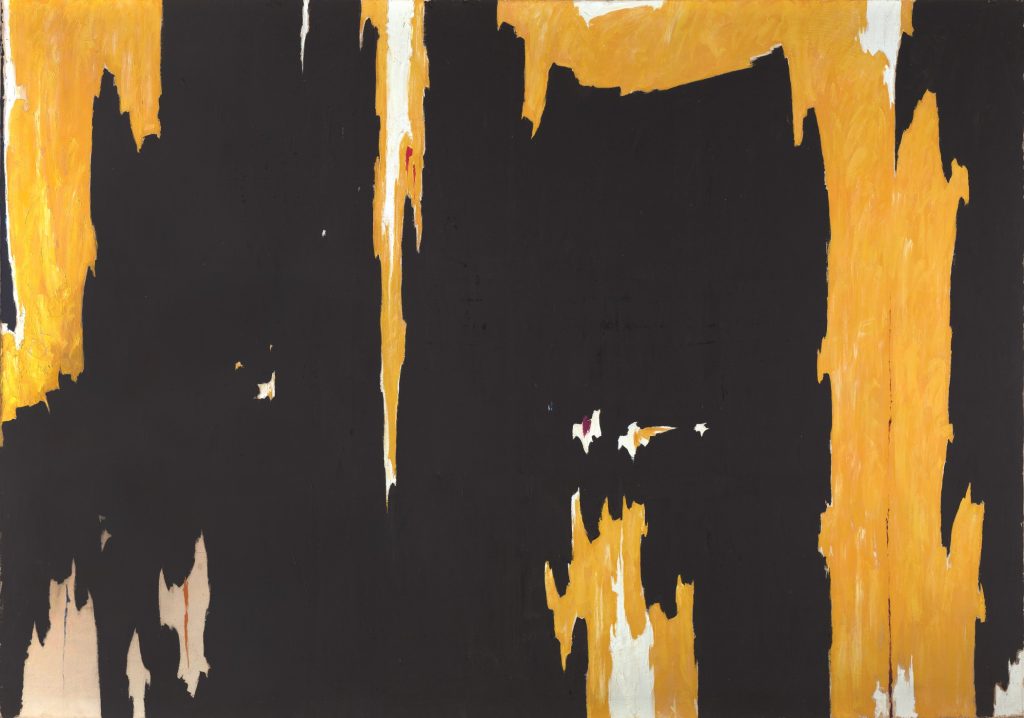
Abstract artists generally prioritise freedom of speech. They might produce their art using spontaneous and intuitive methods, which allows a more individualised and subjective interpretation. The arrangement of forms, shapes, lines, and colours in a composition is frequently the main emphasis of conceptual art. Artists can produce visually striking, harmonious, or purposefully dissonant effects by experimenting with these components.
Colour plays a vital part in abstract painting. Depending on the artwork’s conceptual or emotional objectives, Artists may work with a more muted palette or vivid, vibrant colours. Many abstract artists create their works with expressive brushstrokes, gestural marks, or other bodily actions. The piece’s overall vitality and dynamic are enhanced by the emphasis on the artist’s hand and method. Abstract art frequently aims to express the artist’s feelings or inner state. Emotions, moods, or abstract ideas can be expressed through colour, form, and composition.
Multiple interpretations are purposefully allowed in abstract art. It is intended for viewers to contribute their viewpoints and experiences to the artwork, resulting in a more individualised and flexible interpretation. Abstract painters frequently experiment with conventional methods of creating art. They could experiment with unusual materials, textures, or techniques to produce distinctive and original pieces. Forms and shapes frequently lack distinct limits in abstract painting. Lines may be purposefully omitted or blurred by artists to provide a sense of continuity and fluidity.
Geometric shapes, organic forms, or a blend of both can be seen in abstract art. While some artists focus on creating precise geometric designs, others create more flowing, organic pieces. Abstract art can be anything from simple, restrained minimalist compositions to intricate, multi-layered pieces that beg for closer inspection. Many conceptual artists get inspiration from ideas from philosophy, science, or culture. The art could react to particular concepts or trends, adding to the complex tapestry of artistic investigation.
Abstract Expressionism Action Painting
Action Painting is one of the more well-known substyles of Abstract Expressionism. This movement encompasses many substyles. Within Abstract Expressionism, Action Painting became prominent in the 1940s and 1950s, stressing the importance of painting as a physical process in creating art. In action painting, the hallmark of gestural abstraction is the artist’s free-form, expressive gestures captured in the brushstrokes and marks on the canvas. Artists engaged in Action Painting frequently used intuition and spontaneity in their work. Instead of following preset compositions or plans, the emphasis was on letting the subconscious direct the creative process.
Pop Art Abstract Expressionism
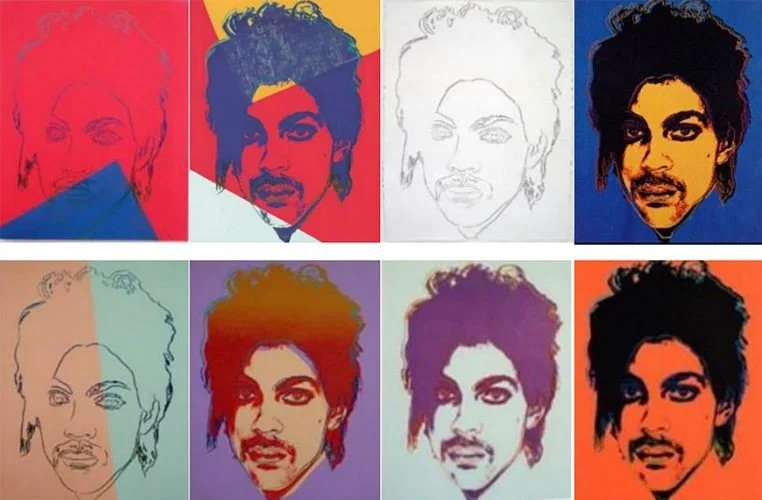
With a focus on popular culture, consumerism, and commonplace things, Pop Art and Abstract Expressionism are two different art trends that arose in the middle of the 20th century, each with its own traits and aesthetic objectives. It frequently uses aspects from popular images, advertising, and the media. Artists like Roy Lichtenstein, Andy Warhol, and Claes Oldenburg often employed commonplace items and imagery from popular culture as their subjects.
British Abstract Expressionism
Parallel to the American Abstract Expressionist movement, British Abstract Expressionism is the name given to an abstract art movement that began in Britain in the middle of the 20th century. Even though the American movement is better known, British painters contributed substantially to the growth of abstract art during this time. While exhibiting distinct qualities, British Abstract Expressionism is similar to its American cousin in certain aspects. American Abstract Expressionism, especially the works of painters like Jackson Pollock and Willem de Kooning, was known to and impacted British artists. Nonetheless, British painters responded to this approach with their adaptations.
Women Of Abstract Expressionism
Influential artist Lee Krasner (1908–1984) was married to Jackson Pollock. Among the leaders of the Abstract Expressionist movement was Lee Krasner. She demonstrated an excellent grasp of abstract forms in her work, and following Pollock’s death, she made significant contributions to the art world. Renowned for her technique of applying thinned paint onto canvases, Helen Frankenthaler (1928–2011) produced pieces that connected colour-field painting and abstract expressionism. Her use of colour and inventiveness significantly impacted artists of later generations.
One of the most important and influential movements in the history of modern art is abstract expressionism. This movement broke conventional artistic norms after World War II and ushered in a new period of personal expression and creative inquiry. Abstract expressionism pushed the limits of artistic expression and was characterised by its emphasis on gestural abstraction, spontaneity, and a deep involvement with the artist’s inner world.
The movement’s prominent figures, including Jackson Pollock, Lee Krasner, Willem de Kooning, and others, made a significant shift in creative philosophy. The paintings evolved into platforms for expressive and dynamic motions, pushing spectators to delve further into their interpretations. The movement’s emphasis on a direct and visceral relationship between the artist and the canvas was highlighted by the gigantic scale of many pieces and the painting process’s physicality.

